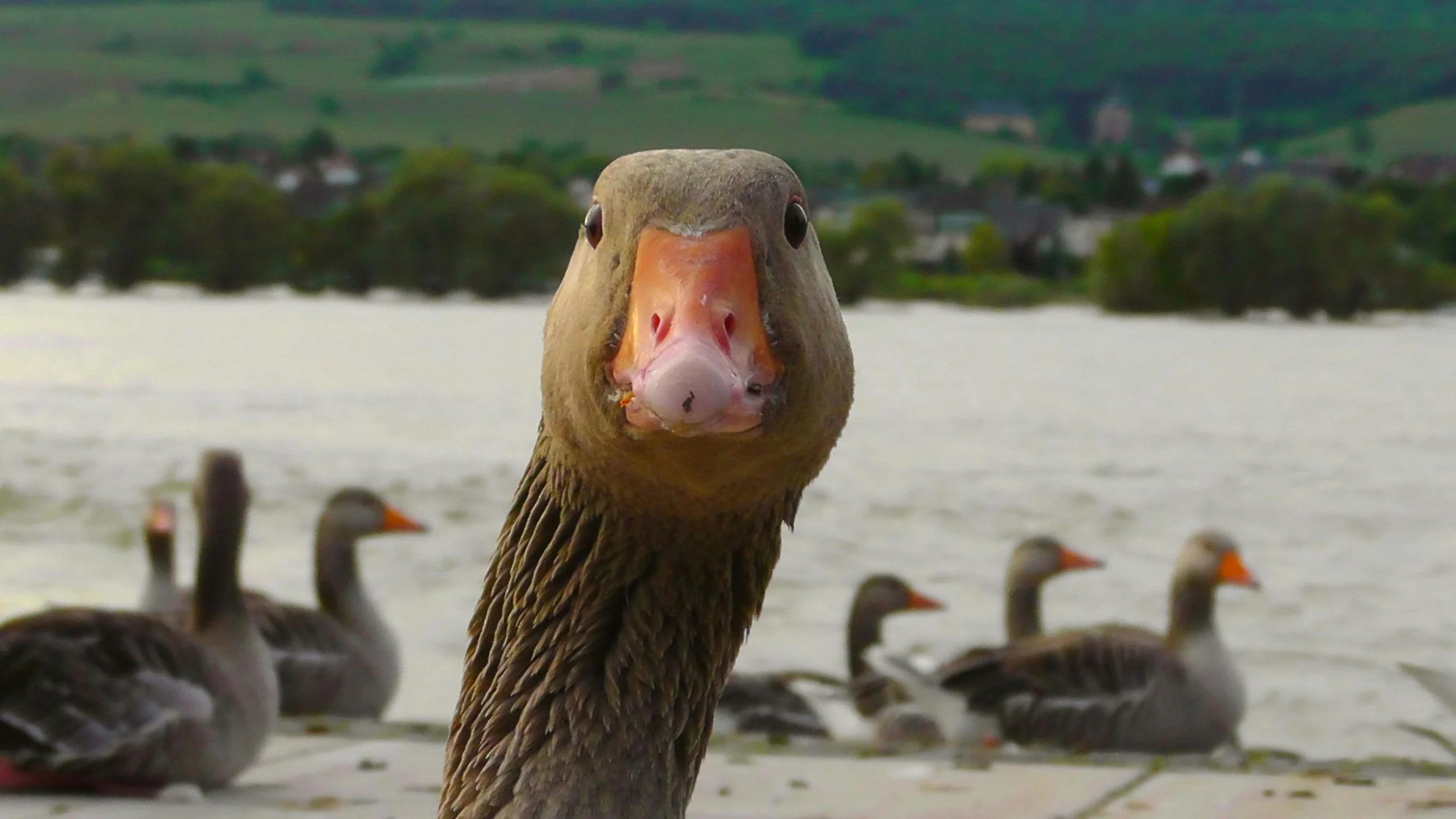Want to connect with communities? Lead with curiosity
A key component of redesigning your research program for impact is connecting with the community you wish to impact. But connecting with communities can feel daunting if you haven’t done it before. Fortunately, this is not a new process. In fact, community-based participatory research (CBPR), community based participate action research, community engaged research, and many other versions have been practiced in various forms for decades. It got its start in disciplines such as education, social work, and sociology and anthropology, but has since expanded to public health, nursing, pharmacy, and medicine. Here are a bunch of recent reviews to get your reading started.
The steps in CBPR are relatively straightforward:
1. Identify a research question in collaboration with community partners
2. Co-design the research project with clear contributions for and from ALL partners
3. Perform the studies in the community of your partners, allowing them to play a key role in the execution of the project, including participant recruitment and data collection
4. Complete analyses together with partners and disseminate findings in community based and academic publications
5. Translate knowledge and findings into action
True CBPR work involves community partners at every step of the research process but starts with answering questions that are important to your community partner. This is a real departure from the traditional model where the researcher comes up with a research question based on an examination of the research literature and turns to a community with the expectation that community members the researcher’s interest. Perhaps not surprisingly the researcher’s enthusiasm is not always reciprocated, leaving the researcher disappointed and sometimes upset that the community doesn’t understand that they are trying to help.
I’ve spent a lot of time thinking about this sequence of events because I know researchers have so much good stuff to share with the world. So how do we begin to close this gap? Fortunately, because we have control over it, and unfortunately, because it will be hard for some of us, I think it starts with us. We have start by thinking differently about our work. What is the purpose of our work? Is it to generate publications which are read and understood by other people who have received the same training we have? If your answer is “yes”, the rest of this article is probably not for you (and that’s okay).
If your answer is “no” and you know/think/hope your purpose is something else continue reading. So how do we learn to think differently about our “expert” knowledge.
For me this process began relatively early in my career when I was brought into projects as the “qualitative researcher”. In these projects what I was interested in (higher education teaching and learning at the time) didn’t matter. What mattered was that I could interview people.
These projects also gave me, a master’s student in sociology, a great deal of practice being the only person in the room who didn’t know anything about the content area. Initially I tried listening for key words and phrases that I could look up later to piece together what was being said (since I didn’t want to look dumb). Eventually I realized it was faster and better just to treat our research team meetings like a research interview and ask my dumb questions so I could leave with what I needed to do my part of the job.
Through these experiences I came to understand that I know just a few things, but that other people know different things. To get access to that knowledge I needed to be curious, ask questions, and listen carefully to what is being said. Once I have all the information, I could then use my knowledge and expertise to help tie the ideas together to create new and impactful knowledge that none of us on our own could have conceived possible.
Importantly these experiences didn’t invalidate the knowledge I possessed; they just forced me to see that knowledge in a different context and acknowledge that other people in the room had knowledge I needed to get my work done. This brings us back to a fundamental principle of CBPR work, recognizing the knowledge of the community partner. Do you want to do community engaged researcher? Start with you and getting curious about your community partners thoughts and experiences of their lives.
Does this all sound like magic to you? When it works that’s what it feels like. MAGIC. Want to learn more? Come back next week I’ll get us into some nuts and bolts of this CBPR with real tangible (and published) examples.
See you next time ☺️.
Words: (768)
